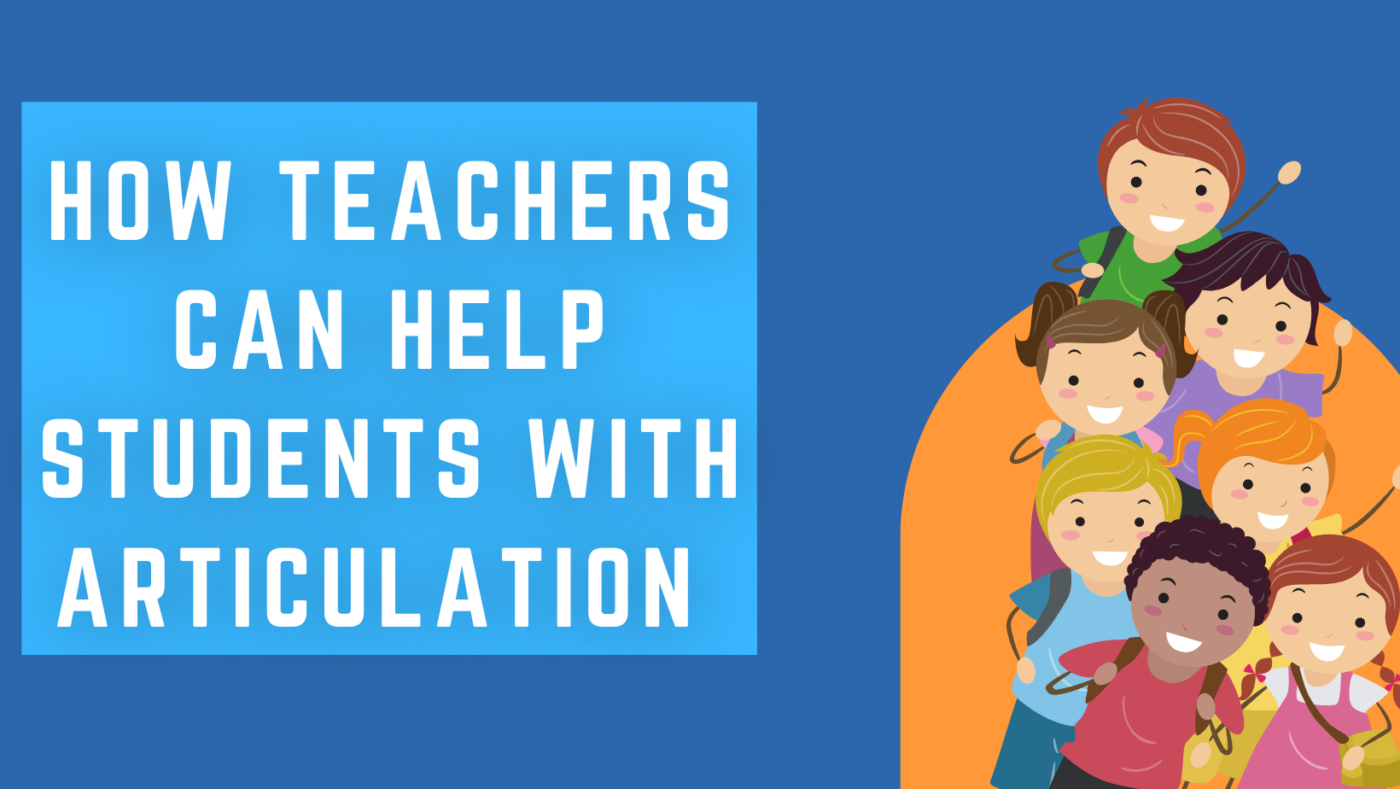As teachers, it is our responsibility to ensure that our students are well-equipped with the necessary skills and knowledge to succeed in the classroom. One important area of development for students is their ability to articulate their thoughts and ideas effectively. Good articulation allows them to better express themselves, think critically about various topics, and engage more fully in class discussions. Unfortunately, not all students enter a classroom with strong articulatory skills. In this article we will discuss practical strategies that educators can use to promote good articulation among their students.
1. Model Good Articulation Habits
The first step towards helping your students develop better articulatory skills is for you as a teacher to model those same habits yourself within the classroom setting. Speak clearly and slowly so that your words are easily understood by all of your students; this also helps set a standard for how they should communicate with each other as well as you when raising questions or voicing opinions during lessons or discussions. Additionally, it’s important not only to speak clearly but also be mindful of volume control so that everyone can hear what is being said without having to raise their voice too much or strain themselves due to excessive noise.
2. Ask Students to Paraphrase and Summarize:
Asking students to paraphrase or summarize what they just heard or read can help them understand complex concepts better, and also improve their articulation skills. This can be done by having students verbally restate the content in their own words, or by having them write a brief summary of the material.
3. Foster Collaborative Learning
Encouraging collaborative learning among your students is one of the best ways to promote good articulation skills. By having students work together in small groups to discuss ideas, debate different points of view, and present solutions to problems, they will gain more confidence in expressing themselves clearly and be better prepared for class discussions.
4. Incorporate Games into Classroom Activities
Games are a great way to engage students and get them excited about learning new concepts while also helping them develop stronger articulatory abilities. Using games such as word scrambles, charades, verbal puzzles, vocabulary bingo, or even creating stories as a group can all help your students practice speaking more naturally and with more fluidity.
5. Provide Positive Reinforcement
Being supportive of your student’s efforts towards improving their articulation skills is important for building their confidence when speaking out loud in the classroom. Offer positive feedback whenever possible; this could be an enthusiastic nod or comment during a presentation or simply saying “good job!” after they finish presenting something in front of the class.
6. Teach Body Language
Learning how to use body language effectively when communicating is an important aspect of good articulation that should not be overlooked as it helps enhance verbal messages and show enthusiasm for topics that might otherwise get lost in translation if only spoken about without visual cues accompanying it. Have your students practice making eye contact with each other during conversations, using hand gestures when expressing ideas, as well as standing up straight with their shoulders back when talking to indicate self-confidence and openness to dialogue.
Good articulation is an important skill for students to have as it allows them to communicate their ideas more effectively and engage in meaningful conversations. By implementing the strategies outlined above, teachers can help encourage better articulatory abilities among their students by teaching appropriate body language, providing positive reinforcement when needed, and incorporating games into classroom activities. With a little bit of effort, educators can make sure that all of their students are able to express themselves clearly and confidently inside (and outside) the classroom setting.
For more blogs like these, continue to read our ‘blog’ section on our website.

